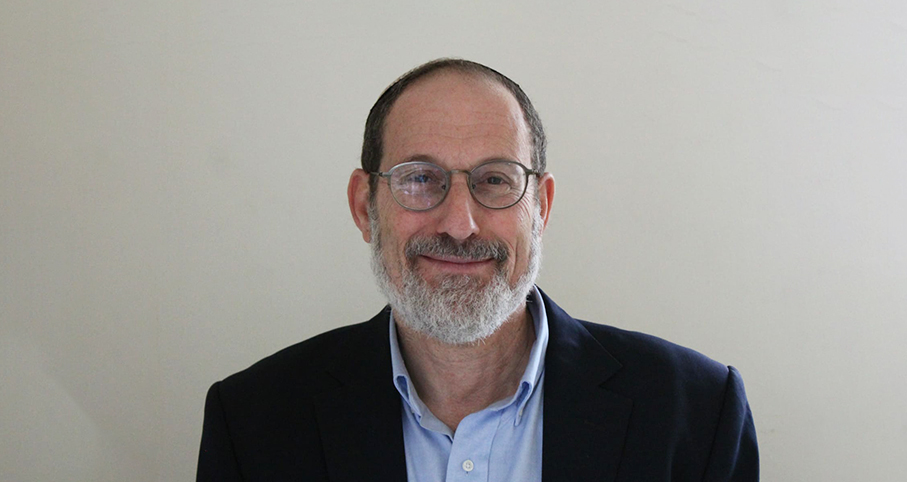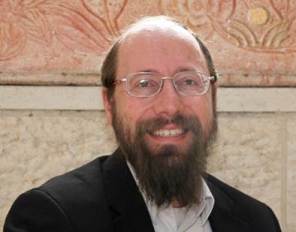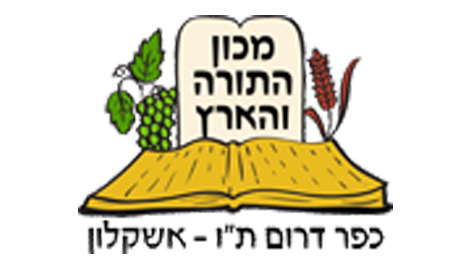Ask the Rabbi
- Shabbat and Holidays
- Purim and The Month of Adar
- General Questions
Question
Hi Chassidic Rabbi, I have an Israeli friend, and we had an argument over the Hamentashen. I said that the Hamentashen symbolize Haman’s hat with the three corners. She said it symbolizes Haman’s ears. She believes this because she speaks Hebrew, and apparently the translation is “ears”. Please settle this Jewish scholarly debate. What does the Talmud say on this? Also, who would have the greater authority on Jewish theology, a Bronx NY Jew, an Israeli Jew, an Orthodox Jew, or a Chassidic Jew? Thank you for your support!”
Answer
Firstly, I'm not a Chassidic rabbi. Secondly, Hamantaschen is not an ancient custom but relatively recent and isn't even a mitzva. Accordingly, the Talmud and ancient sages don't address the issue whatsoever. The term used in modern Hebrew means Haman's ears, but although knowledge of Hebrew is usually very important, here, the Hebrew term is even more recent than the Yiddish, and is irrelevant to this issue, for it originated with the Yiddish term which means: Haman pockets. Apparently the original name was: Moon-Taschen, which means poppy-seed pockets or cookies which had that filling hidden inside. There is (!) an old custom to eat seeds on Purim, and most particularly poppy-seeds, for that was, according to tradition, what Esther, like Daniel, ate in the king's palace (she wanted to eat kosher but without revealing that she was Jewish). Apparently someone made a Purim joke (or mistake), saying Hamoon Taschen (the Yiddish pronunciation of Haman's pockets) in place of Moon Taschen, and the rest is history...
Nevertheless, it's not just the poppy-seeds, for there is also a custom to eat the similar "Kreplach" (like triangle meat-filled Hamantaschen often put in chicken-soup and eaten at the Purim meal), which is similar to the Purim custom of masquerading, where what you see outside, is not the "good part" which is hidden inside. Similarly, the story of Purim reveals, according to the Maharal of Prague, that even when the Jews were apparently assimilating in Persia, and Haman's threat came to get us thinking, analyzing and returning to God, God really never had any intention of eradicating the eternal Jewish people, for deep "inside", we always have that good and Godly essence, just waiting to be ignited. Accordingly, drinking wine on Purim reveals our inside, just as wearing masks and costumes hide our inside, and eating Hamantaschen and kreplach stress the same idea. Don't accept the world at face value. Even if the Jews seemed doomed, or sinners, and it seems like even God also wants to get rid of us, we should always analyze and live our lives on a deeper, essential level, and not just accept and invest in the external. As opposed to Christian theology, the Torah says explicitly that God will never abandon Israel, and will always redeem our fore-father's "children, for His sake, out of love" (beginning of Amida). Just as in modern Israel, even if we may not look totally righteous, it's just a façade for our real selves, and God knows that, even if sometimes He allows or may even send certain threats.
Regarding authority, the more knowledgeable person on any given issue, has more authority. If your question is, what if everything is exactly equal, only then is a rabbi from Israel is more authoritative than one outside of Israel. In addition, it's not usual but also not uncommon for Chassidic rebbes not to be halachic authorities, as opposed to a regular Yeshiva rabbi, who by definition, is to a certain extent an halachic authority (but even then, there are obviously different levels of knowledge).
With Love of Israel,
Rav Ari Shvat (Chwat)

Queen Esther
Various Rabbis | Adar I 16, 5768
Purim Costumes
Rabbi Moshe Leib Halberstadt | Nisan 2, 5770

PURIM, Haman, Amalek, and rejoice upon fall of enemies
Rabbi Ari Shvat | Shevat 13, 5772




